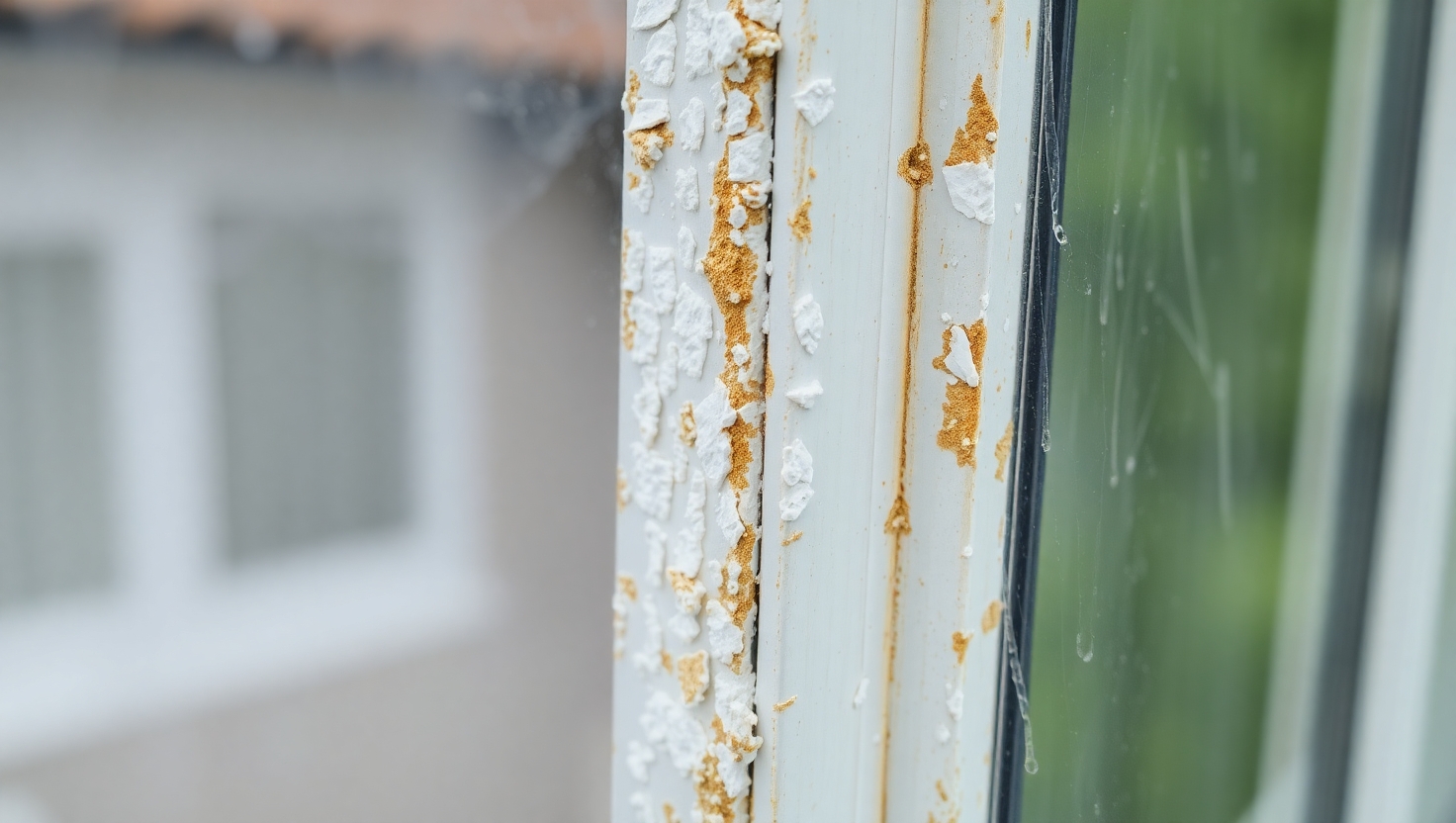Why Are My Aluminium Window Frames Corroding—Even Inside?
Published by: ALUTimes | Date: July 10, 2025
Introduction
Aluminium window frames are praised for their durability and corrosion resistance, yet many homeowners notice signs of corrosion indoors. If you’re puzzled by white powdery spots or bubbling paint on internal window frames, you’re not alone. This article uncovers why aluminium corrodes even inside and how electrochemical reactions play a role.
Understanding Aluminium Corrosion
Aluminium forms a protective oxide layer when exposed to air, which typically prevents corrosion. However, certain environmental and construction-related conditions can compromise this protection, leading to oxidation and decay—even indoors.
The Role of Electrochemical Corrosion
Electrochemical corrosion occurs when dissimilar metals are in contact with moisture present in the environment. This creates a galvanic cell, causing aluminium to corrode faster. Aluminium is especially susceptible when connected to more noble metals like steel or copper, which can often happen during construction or renovations.
Common Causes of Indoor Aluminium Frame Corrosion
- Steel Screws and Fasteners: Using steel screws in aluminium frames sets up a galvanic reaction. The presence of moisture, even from ambient humidity, can accelerate corrosion around these contact points.
- Damp Brick Walls: Bricks can retain moisture and slowly transfer it to window frames. When aluminium is in constant contact with damp masonry, corrosion occurs—even indoors.
- Condensation and Poor Ventilation: Bathrooms and kitchens are hotspots for condensation. Without proper airflow, moisture accumulates around windows, creating the ideal environment for corrosion.
Signs of Indoor Aluminium Frame Corrosion
- White chalky powder (aluminium oxide)
- Discoloration or bubbling paint
- Pitting or rough surfaces around screws
- Distorted or weakened frame sections
How to Prevent Aluminium Frame Corrosion Indoors
- Use Proper Fasteners: Opt for aluminium or non-conductive nylon screws instead of steel.
- Apply Protective Coating: Anodising or powder-coating aluminium improves resistance to moisture.
- Seal Joints Properly: Prevent water ingress with silicone sealants where aluminium contacts brick or concrete.
- Ensure Ventilation: Keep rooms well-ventilated to reduce condensation build-up on windows.
- Install Moisture Barriers: Especially important if your walls retain moisture. Use membranes or flashing between brick and aluminium.
Expert Advice
Consulting with a construction or glazing expert during installation can help select the right materials and avoid corrosive metal pairings. Additionally, routine inspection of frames helps identify early signs of deterioration.
Conclusion
While aluminium is naturally corrosion-resistant, specific factors like moisture, dissimilar metals, and poor installation can lead to problems—even indoors. Understanding these causes empowers homeowners to prevent and treat corrosion, ensuring long-lasting, beautiful window frames.
Disclaimer
This article is for informational purposes only. ALUTimes does not offer engineering or construction advice. Always consult a licensed professional for material selection and installation guidance.

